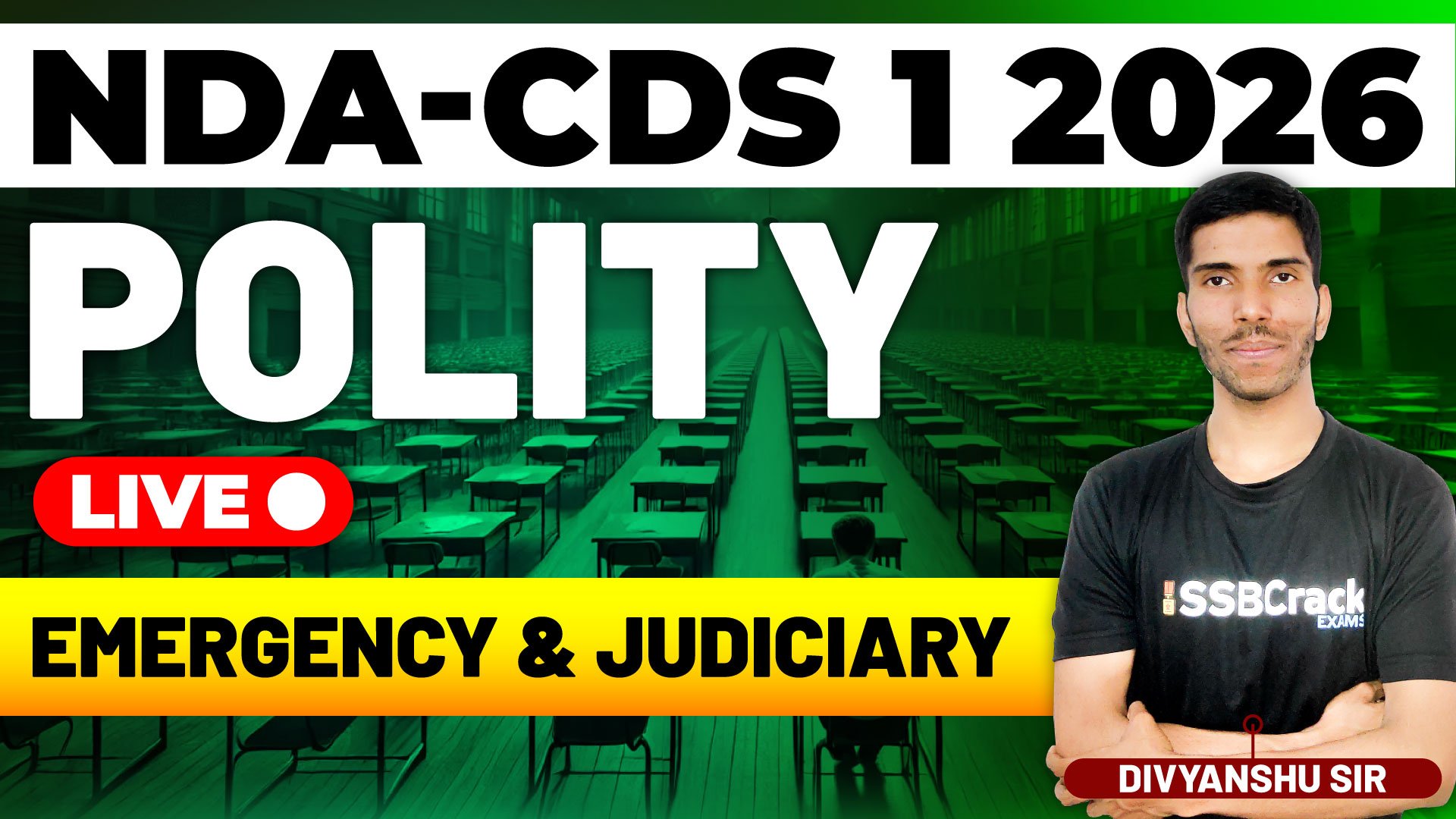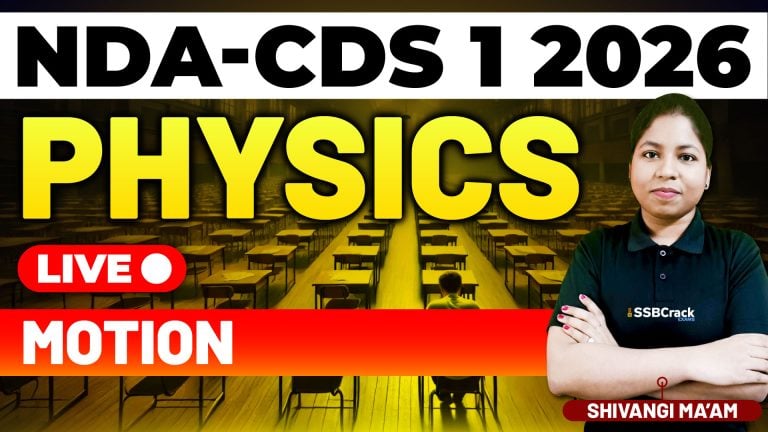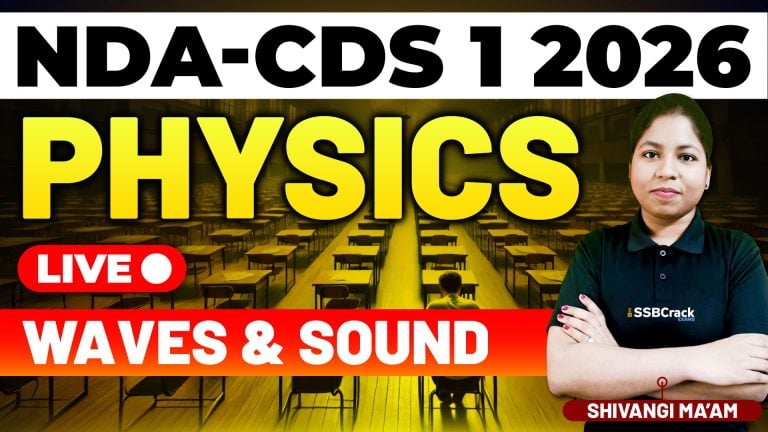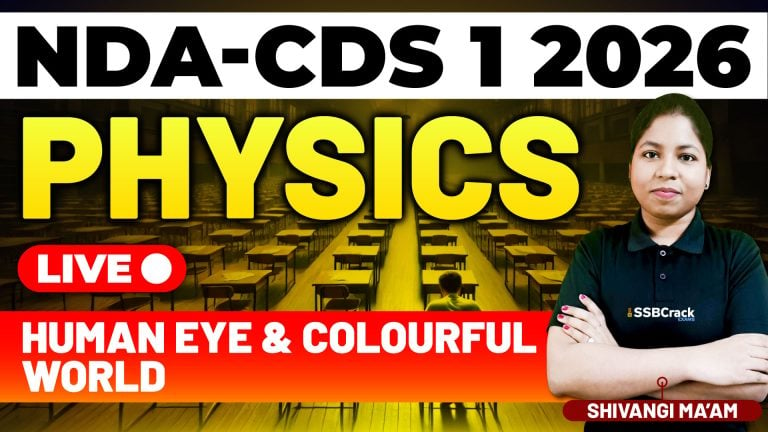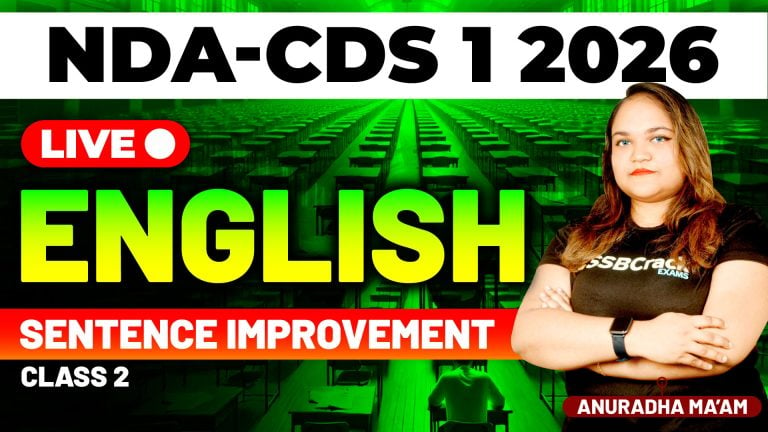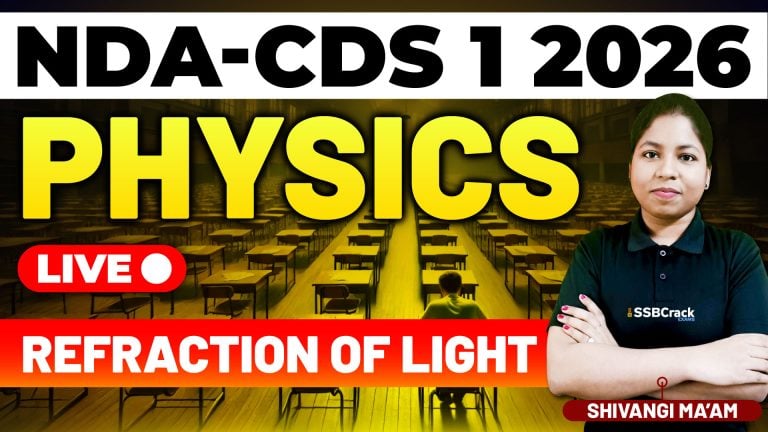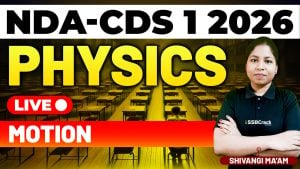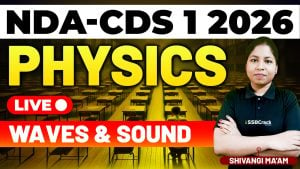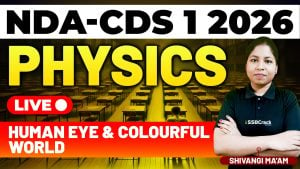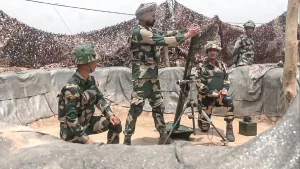In the Indian Constitution, both Emergency provisions and the Judiciary system hold vital importance. They ensure that the nation remains united during crises and that justice is upheld through an independent and impartial system. Understanding these topics is crucial for aspirants preparing for NDA & CDS 1 2026 Exams, as questions from these areas frequently appear in the Polity section.
NDA & CDS 1 2026 Exam Polity – Emergency & Judiciary
Emergency Provisions (Part XVIII of the Constitution)
1. Overview
The Emergency provisions (Articles 352–360) empower the President of India to take swift and extraordinary measures to protect the sovereignty, security, and stability of the nation in times of crisis. However, these powers must be exercised with caution as they temporarily alter the normal functioning of the government.
2. Types of Emergencies
There are three types of emergencies provided under the Indian Constitution:
(a) National Emergency (Article 352)
- Declared when there is a threat to the security of India or any part of it due to war, external aggression, or armed rebellion.
- Can be proclaimed by the President on the written recommendation of the Union Cabinet.
- First declared during the Indo-China war (1962), then in Indo-Pak war (1971), and lastly during the Internal Emergency (1975–77).
- During this period, Fundamental Rights (Article 19) are suspended, and the Centre gains control over the States.
(b) President’s Rule (Article 356)
- Also known as State Emergency.
- Imposed when the constitutional machinery in a state fails.
- The Governor reports to the President that the state government cannot function according to the provisions of the Constitution.
- The State Legislature is either dissolved or kept under suspension, and the President governs through the Governor.
- Can last for 6 months at a time, extendable up to 3 years with parliamentary approval.
(c) Financial Emergency (Article 360)
- Declared when the financial stability or credit of India or any part of its territory is threatened.
- Has never been declared in India so far.
- During such an emergency, the President can reduce salaries of government employees and judges, and direct states to observe certain financial policies.
3. Effects of Emergency
- Fundamental Rights may be restricted.
- The federal structure temporarily turns into a unitary form of government.
- The Centre becomes more powerful, ensuring effective control during national crises.
Judiciary in India (Part V, VI & Article 124–147)
1. Overview
The Judiciary in India is an independent, integrated, and unified system that ensures justice, protects fundamental rights, and maintains the supremacy of the Constitution.
The Supreme Court, High Courts, and Subordinate Courts form the three-tier judicial structure.
2. Supreme Court of India
- Established: 26 January 1950
- Headquarters: New Delhi
- Articles: 124 to 147
- Chief Justice of India (CJI) is the head of the judiciary.
Composition:
- One Chief Justice and a maximum of 33 other judges.
Appointment:
- Appointed by the President of India after consultation with judges as per the Collegium System.
Jurisdiction:
- Original Jurisdiction – Disputes between the Centre and States or between States.
- Appellate Jurisdiction – Hears appeals from High Courts.
- Advisory Jurisdiction – President can seek advice under Article 143.
- Writ Jurisdiction – Protects Fundamental Rights under Article 32.
3. High Courts
- Operate at the state level (Articles 214–231).
- Each High Court has a Chief Justice and other judges appointed by the President.
- Functions include supervision over subordinate courts, interpretation of state laws, and protection of fundamental rights within the state.
4. Subordinate Courts
- Established by state governments under the supervision of High Courts.
- Includes District Courts, Sessions Courts, and Magistrate Courts.
- Handle civil and criminal cases at the district and local levels.
5. Independence of Judiciary
The Constitution ensures judicial independence through:
- Security of tenure for judges.
- Fixed service conditions.
- Prohibition on discussion of judges’ conduct in Parliament (except during impeachment).
- Separation of powers between the executive and judiciary (Article 50).
Conclusion
The Emergency provisions empower the Union to safeguard the integrity of the nation, while the Judiciary ensures constitutional balance and justice. Together, they form the foundation of India’s democratic and constitutional framework.
For NDA & CDS aspirants, understanding their features, constitutional articles, and historical cases like Indira Gandhi vs Raj Narain (1975) and Kesavananda Bharati (1973) is essential for scoring well in the Polity section.
Quick Revision Table
| Topic | Article Range | Key Points |
|---|---|---|
| National Emergency | Article 352 | War, External Aggression, Armed Rebellion |
| President’s Rule | Article 356 | Failure of Constitutional Machinery |
| Financial Emergency | Article 360 | Financial Stability Threatened |
| Supreme Court | Article 124–147 | Apex Court of India |
| High Courts | Article 214–231 | Highest Court in a State |
| Writ Jurisdiction | Article 32 | Protection of Fundamental Rights |
